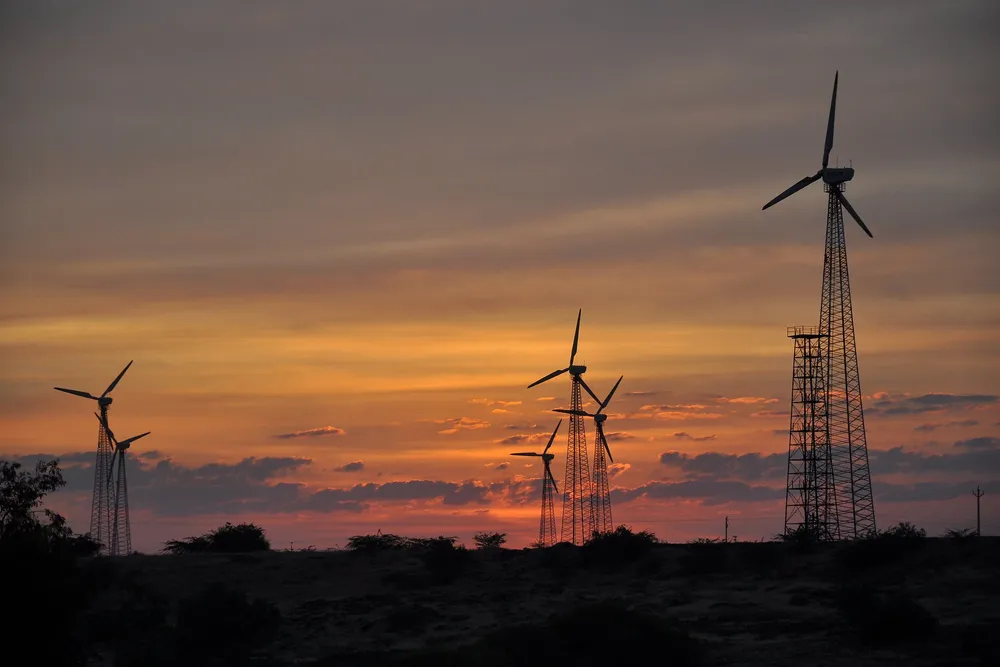Ratings giant sounds alarm over 'underperforming wind': solar to the rescue
Crisil says most of India's wind fleet has lagged key performance measure for last five years with PV faring far better

A major financial ratings agency has sounded alarm bells over India’s wind power fleet, saying the majority of assets are failing to hit a key performance benchmark.
Crisil Ratings blamed lower-than-expected wind speeds as “a fallout of climate change and regional weather patterns” as it claimed more than 60% of 8GW of wind capacity it analysed failed to reach its P90 level on average over the last five years.
The P90, which represents the level of production an asset is expected to achieve 90% of the time, is a “critical indicator” of a project’s future ability to generate revenue for debt repayment, according to Crisil, which is part of global ratings giant S&P.
“One percentage point lower generation than the P90 level can lead to a 3-5% reduction in debt servicing cushion and a 1-2% decrease in return on equity,” it said.
“Monitoring key parameters such as performance against the P90 level and operating leverage will be crucial to assess credit risk. Accurate initial resource availability studies are crucial to assess project viability,” added Crisil’s analysts.
“Prolonged underperformance can undermine confidence in cash flows, deterring investors and threatening long-term sustainability.”
Crisil reckons the Indian renewable energy sector has growing levels of solar to thank for propping up its overall performance.
Solar now accounts for a 65% share of India’s renewables installations, up from around 50% in 2020, according to figures it quoted.
“Although wind generation has underperformed for a while, last fiscal was the weakest performance in the past five years with a mere 20% of capacities meeting or exceeding the P90 benchmark. In contrast, 77% of solar assets met their P90 level, our study showed, in line with the average of the last five fiscals.”
That points to growing adoption of hybrid projects in India, with wind taking the burden at night and solar in the day, Crisil said.
The warnings of lower-than-expected production chime with developers globally reporting earnings hits from lagging production, and wider warnings of more frequent and extreme “wind droughts” across the world, exacerbated by climate change effects.
India is the world’s number four wind power market with about 48GW in place by the end of 2024, all of it onshore.
Its turbine fleet is made up of machines from local players such as Suzlon and Inox, western giants including Siemens Gamesa and GE Vernova and, increasingly, Chinese entrants led by new market leader Envision.
Wind is slated to play a key 140GW role in Prime Minister Narendra Modi’s push to install 500GW of non-fossil capacity by 2030.
(Copyright)